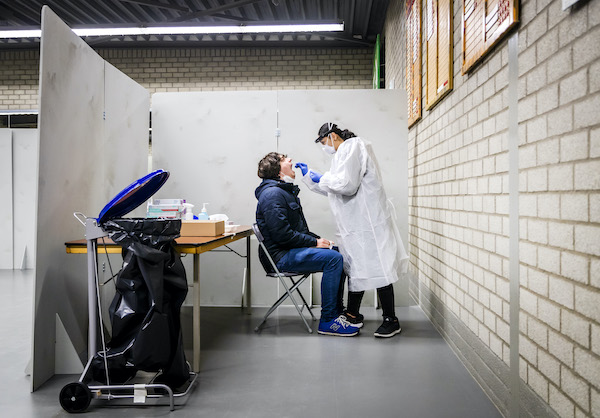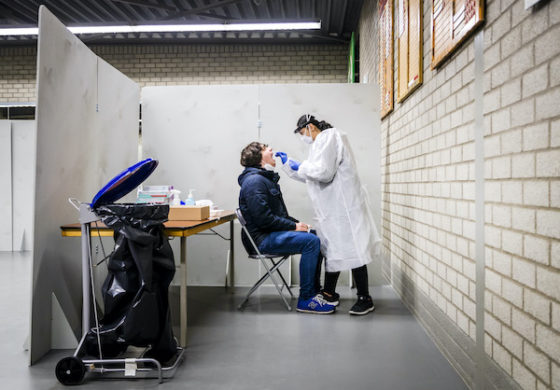At the current rate, it will be March before restrictions can be eased: OMT


If the number of coronavirus infections in the Netherlands continues to decline at the current rate, it will the beginning of March before restrictions can be lifted, according to the government’s Outbreak Management Team.
The team’s experts say in their latest briefing to the government that it will take weeks before the key level of no more than 40 hospital admissions and 10 IC referrals per day is reached.
The statement comes just a day after the government announced the lockdown would be extended to February 9, because the infection rate is still too high, and because of fears about the impact of the more infectious B-117 strain of the virus, first detected in Britain.
The number of hospital and IC admissions has stabilised in recent weeks and there are signs that the total is now going down. Nevertheless, at the current rate, the OMT says, it will be the end of March before there are no more than three IC admissions a day, which would show the outbreak is under control.
The RIVM reported a further 6,148 positive coronavirus tests on Wednesday, up some 600 on Tuesday’s total but still below the week average of just over 7,000.
There are currently just over 2,500 people being treated in hospital, of whom 700 are in IC. In total, 218 people were admitted to hospital in the 24 hours to Wednesday morning, and 46 patients were take to an IC ward.
OMT member Jaap van Dissel, who heads the public health institute RIVM, told MPs on Wednesday morning that the current percentage of positive tests is still too high. ‘It is currently 12% to 13% and should be half that,’ Van Dissel told MPs during a discussion on the decision to extend the lockdown by three more weeks.
One option, he said, would be to impose further limits on visitors, given that half the infections with a known source happen within a household and 36% derive from visits. ‘The situation with visits is a weak point in the measures,’ he said.
The cabinet currently recommends no more than two adult visitors in a 24 hour period.
Twente
Van Dissel said there are currently 275 infections per 100,000 people in the Netherlands but that Twente, in the south, is a black spot, with up to 450 infections per 100,000. However, the infection rate has been decreasing across all age groups, apart from young adults aged 18 to 24, he said.
He also referred to research from Imperial College London which suggests one in five children with coronavirus have no symptoms. ‘This reinforces the idea that children have a much milder version of the virus that adults,’ he said. ‘The change that they will infect other family members is also less likely.’
Ministers hope to reopen Dutch primary schools on January 25, if infection rates continue to decline and the B-117 strain does not start to spread in the Netherlands.
So far 100 cases of the mutant virus have been identified in the Netherlands, many of them related to a primary school in Lansingerland, where all 60,000 residents are now being tested.
Thank you for donating to DutchNews.nl.
We could not provide the Dutch News service, and keep it free of charge, without the generous support of our readers. Your donations allow us to report on issues you tell us matter, and provide you with a summary of the most important Dutch news each day.
Make a donation